From Waste to Watts: Hasopor Turning Glass Recycling Into Flexibility

Founded in 2009, Hasopor is a leading foam glass manufacturing company specialising in foam glass aggregate, an innovative and sustainable lightweight material used in infrastructure, building and construction projects. Strategically located in Hammar, Sweden’s demographic and glass recycling hub, Hasopor contributes to Northern Europe’s largest foam glass manufacturing network. Hasopor’s business model contributes to a sustainable future and the transition to a circular economy.
In its commitment to sustainability, Hasopor has taken a significant step by integrating demand response solutions with Sympower, helping to stabilise Sweden’s electricity grid while unlocking new revenue opportunities.
Download the Case Study
Hasopor Drives Grid Stability with Demand Response
Hasopor, a leading foam glass manufacturing company, operates energy-intensive kilns (furnaces) with a combined installed capacity of approximately 2.5 MW. As Sweden shifts from fossil fuels to renewable energy, regional imbalances - where power is generated in the north but consumed in the south - pose significant challenges for the national grid. Recognising the potential to support grid stability, Hasopor’s CEO, Daniel Ellison, began investigating demand response solutions despite initial uncertainties about the company’s eligibility.
This exploration led to an introduction to Sympower’s services through Bixia, Hasopor’s electricity provider. In the fall of 2022, Sympower, together with Bixia, conducted a detailed site visit and performed a comprehensive Flex Scan at Hasopor. During this assessment, thorough testing of demand response activations confirmed that these demand response measures would have minimal to no impact on production. With this robust evidence, internal buy-in was secured, and by spring 2023, Hasopor committed to participating in demand response programs as a key component of its broader sustainability and grid-support strategy.
Optimising Energy Use with Sympower
Hasopor’s 7 kilns, which typically operate at a steady energy load, became the key asset in its demand response strategy. With a qualified capacity of 2.3MW, the furnaces were integrated into Sweden’s balancing markets (FCR-D Up), enabling Hasopor to reduce power consumption during peak demand periods. On average, the furnaces are activated for demand response four times per month, with each activation lasting approximately four to five minutes.
Hasopor is approved to participate on the FCR-D Up market in Sweden. This Frequency Containment Reserve (FCR) market acts as backup power sources that can be deployed quickly in response to sudden imbalances between electricity production and consumption. This activation occurs within seconds, and can last up to 20 minutes. The specific requirements involve 50% of the contracted capacity to be activated within 5 seconds of a frequency deviation, with 100% being ready for activation within 30 seconds.
By participating in demand response, Hasopor contributes to stabilising the national grid without affecting its core production output. In 2024 alone, this generated over EUR 100,000 in additional revenue, demonstrating that sustainability efforts can go hand in hand with strong financial performance.
Empowering Grid Stability: How Hasopor’s Demand Response Delivers Real Impact
Hasopor’s decision to participate in demand response has yielded significant financial and environmental benefits. The company has gained a new revenue stream from participating in Sweden’s balancing markets, improving overall financial resilience in an otherwise challenging energy market.
Beyond financial gains, Hasopor’s participation in demand response aligns with their broader sustainability commitments. The company is deeply invested in environmental responsibility and views demand response as an opportunity to enhance its sustainability goals. By optimising energy consumption and reducing stress on the power grid, Hasopor is actively contributing to Sweden’s transition to a more resilient and renewable-driven energy system.
What’s Next for Hasopor and Sympower?
Encouraged by its initial success, Hasopor is preparing to enter the manual Frequency Restoration Reserve (mFRR) market. This next step involves qualifying its existing kilns for participation in mFRR services, where assets must respond to grid imbalances within a fifteen-minute window. Currently, one of Hasopor’s furnaces is undergoing testing for mFRR qualification, and the company anticipates being fully operational in this market by the end of summer 2025.
Hasopor’s collaboration with Sympower has proven to be a milestone in its journey toward greater sustainability and energy efficiency. As an industrial company with high energy demands, Hasopor recognises the importance of taking responsibility for its environmental impact. By becoming an active participant in demand response, Hasopor is positioning itself as a participant of a bigger industrial symbiosis, one where economic success and environmental responsibility go hand in hand.
CEO Daniel Ellison encapsulated the company’s initial scepticism and later on, enthusiasm for demand response, with a simple yet powerful statement:
“What’s the catch? There’s no way this is legit.”
As Hasopor’s experience has demonstrated, demand response offers a tangible opportunity for industrial players to contribute to grid stability while reaping financial benefits.
Through continued partnership with Sympower, Hasopor is well on its way to solidifying its role as a sustainability-driven industrial leader in Sweden’s evolving energy landscape.
Do you want to capitalise on the flexibility of your energy assets? Contact us today to discover how!
Other articles you might find interesting
-
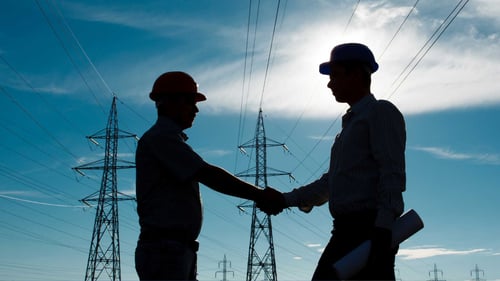 Case studies19 May 2025
Case studies19 May 2025Maximise Your Battery ROI: How Sympower Brings Value to BESS Projects
Read more -
-1.jpg?length=500&name=image001%20(1)-1.jpg) Case studies19 May 2025
Case studies19 May 2025Uddeholm’s Steel Production Makes Material Gains with Demand Response
Read more -
 Case study19 May 2025
Case study19 May 2025Seabird Data Services - The Data Centre Becoming a Flexibility Powerhouse
Read more -
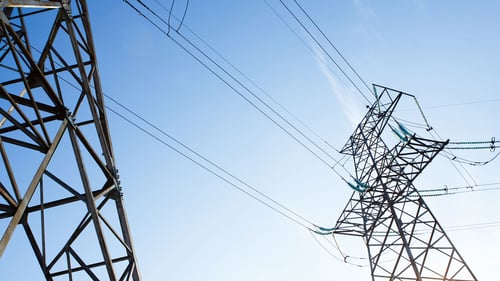 Case study19 May 2025
Case study19 May 2025Bixia - Maximising Customers’ Revenue Without Increasing Costs
Read more -
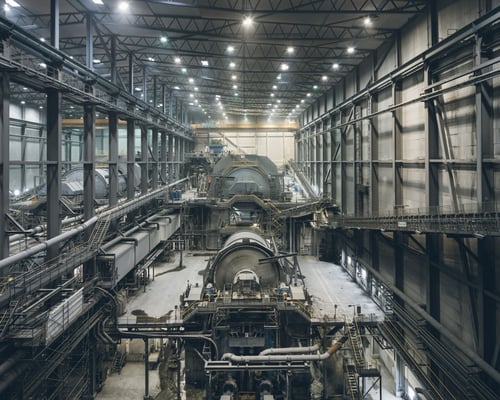 Case study19 May 2025
Case study19 May 2025Boliden Aitik - Using Grinding Mills' Flexibility to Earn Revenue
Read more -
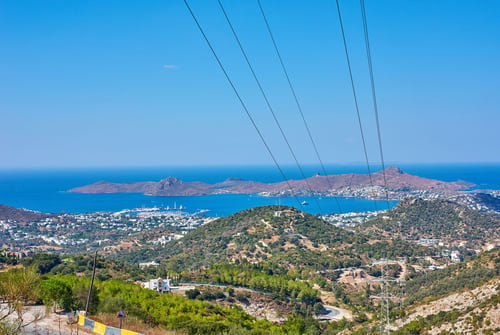 energy market19 May 2025
energy market19 May 2025Tailoring Sympower’s flexibility services to a new market - the example of Greece
Read more -
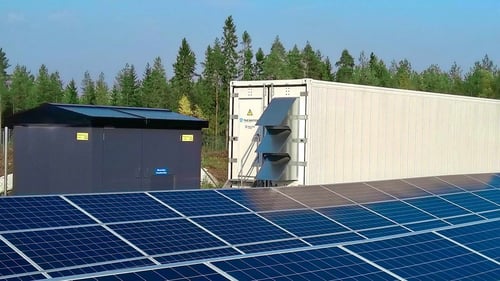 Customer story19 May 2025
Customer story19 May 2025Demand Response for BESS in Finland’s First Scale Solar Park.
Read more -
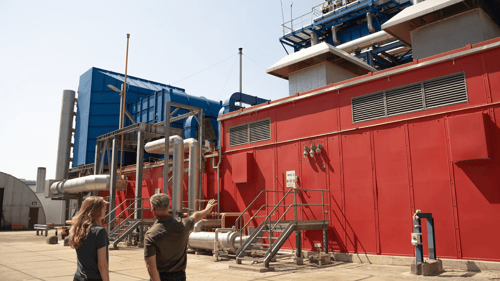 Customer story19 May 2025
Customer story19 May 2025Investing in Greener Growth with Peter Nillesen From GETEC.Park
Read more -
 Customer story19 May 2025
Customer story19 May 2025Cultivation Innovation: The Family-Run Greenhouse Growing their Revenue with Energy Flexibility
Read more -
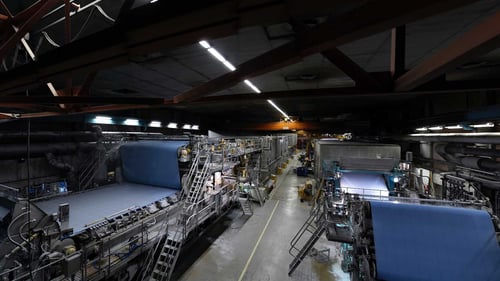 Customer story19 May 2025
Customer story19 May 2025Leading Paper Mill Arctic Paper Successfully Integrated Demand Response.
Read more